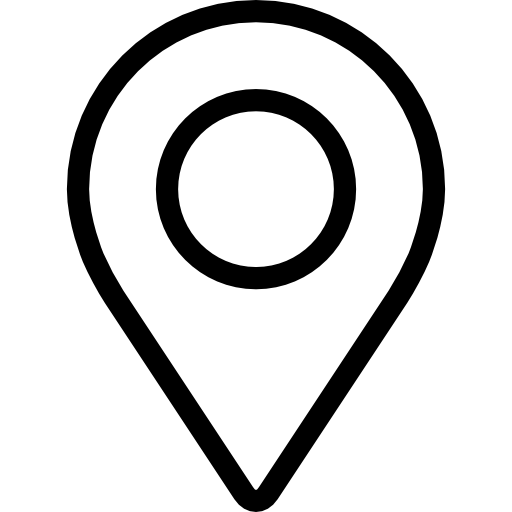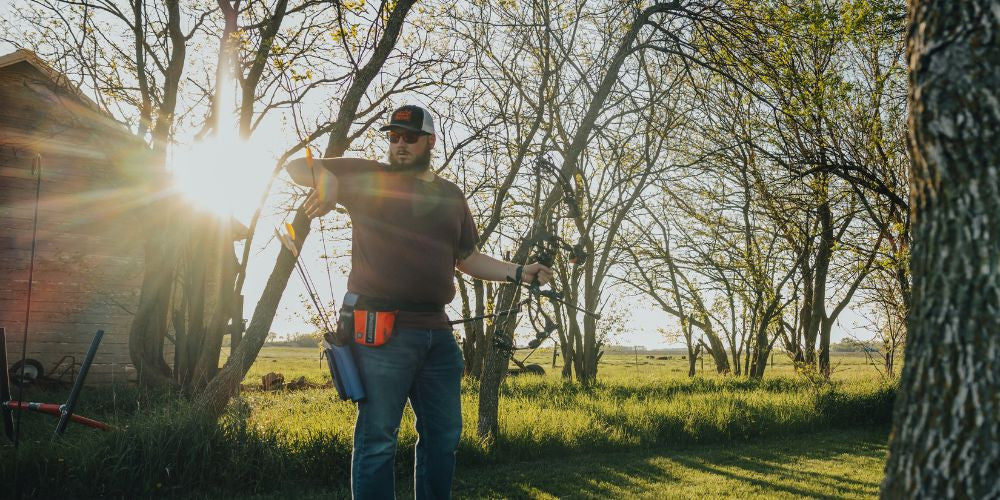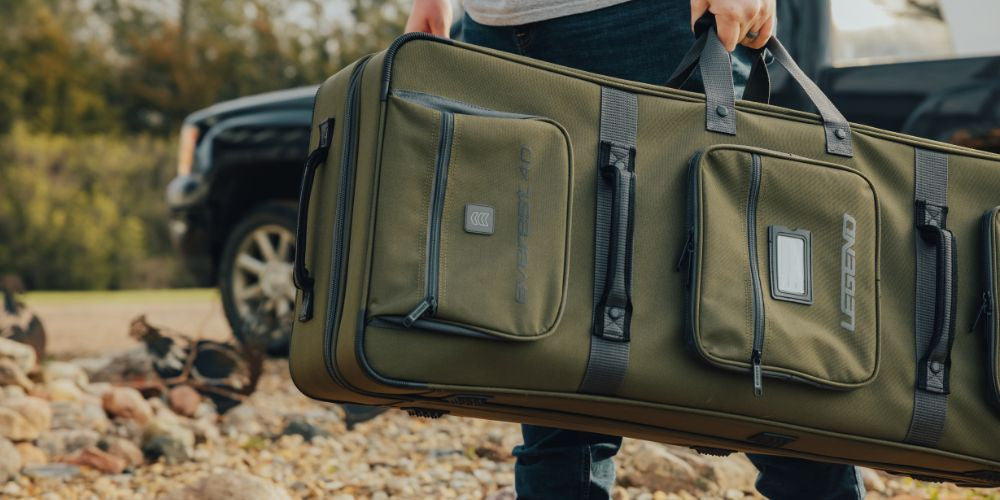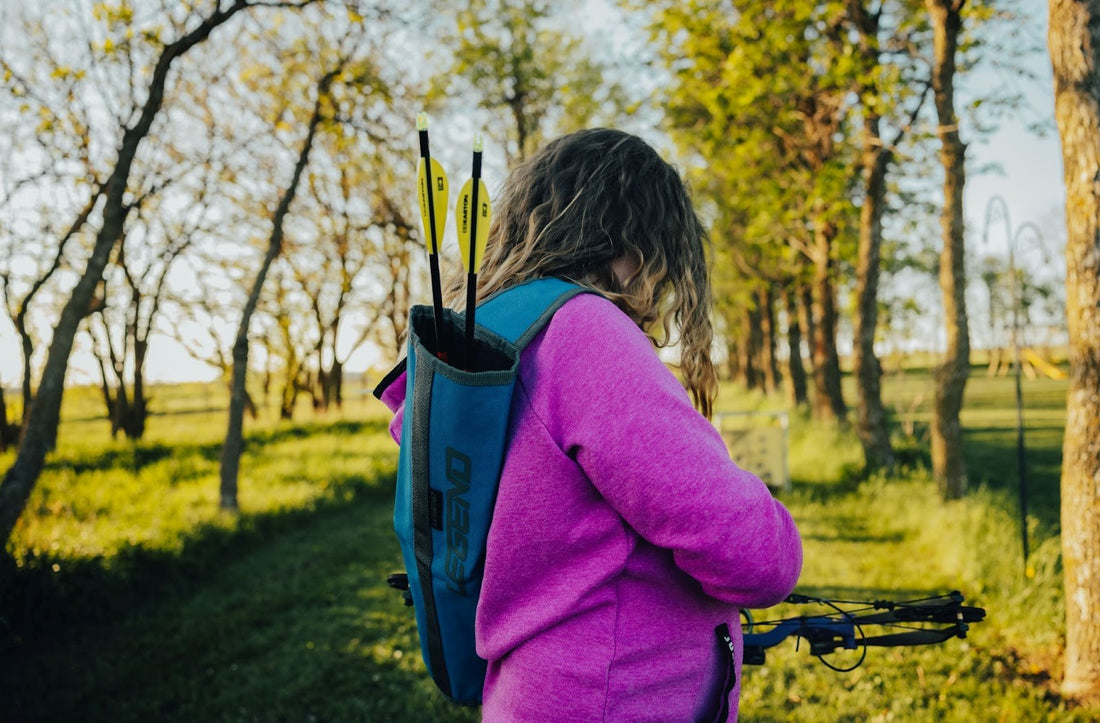From choosing the right accessories to setting your target as you aim, archery can be one of the most exciting sports in the world. Whether you’re just practicing, on a hunting trip, or perfecting your draw length, there’s a massive rush of excitement that fills your body as you hit your target and strike that bull’s eye.
However, like basically everything else, there’s a high probability that you will need a great deal of time to perfect your skills. Archery can be a complex sport, and your ability to succeed will depend significantly on how well you can master its rules. At the same time, a certain sense of frustration can build up when you just can’t seem to get your shot to fall. So even if you take archery lessons, understanding the fundamentals will be vital if you hope to be a better archer.
If you’re a beginner archer, it’s understandable if you’re struggling to get the right shot. Unfortunately, many beginners tend to struggle initially because they haven’t mastered the fundamentals of archery itself.
But, if you’re in such a situation, you should understand that you’re not alone. A lot of archers have had challenges with accuracy. In this piece, we’ll examine some of the significant causes of inaccuracy as an archer and the possible ways to overcome them. We’ll also examine tips for beginner archers to boost their accuracy.
Incorporate these into your archery lessons, and you’d be well on your way to becoming a skilled marksman with the bow.
Reasons For Archery Inaccuracy

As a beginner, the first step towards improving your accuracy is understanding why your shots aren’t falling in the first place. To be fair, there are several reasons why this could be so. However, here are the most common:
-
Wrong Elbow Rotation
When it comes to archery, one of the most critical skills is having the right elbow rotation. Your elbow is one of the most critical parts of your entire arm, the bow arm, when you’re an archer, because it provides balance for your compound bow - or whichever bow you use. But it’s also not easy to position it right.
Many beginners make the mistake of not paying much attention to their elbows, so they pick their bows and draw them carelessly.
It’s important that your elbow stays in alignment with your entire forearm as you draw. Then, rotate it straight up and down as you prepare to fire, so you can have proper balance and accuracy as you shoot.
-
A Weak Stance
Another crucial part of accurate archery is the stance. Unfortunately, most beginners change their body positions as they cycle between shots - even if they’re standing in the same spot.
It would help if you understood that your archery form is the foundation for every shot. Therefore, you have a high chance of missing the bulls eye if it’s wrong or weak.
Some archery accessories could help with improving your stance when shooting a bow. One of them is the tape. Simply put some tape on the spots where your feet should be planted, then ensure that your feet and toes are properly aligned. As you take archery lessons, be sure to incorporate this over time, and you should perfect your shooting form.
-
Wrong Finger Placement
It’s never right to just grab your compound bow or even the bowstring and aim. Before you draw your bow, look at your fingers and ensure they are placed correctly.
At the same time, be careful to only put a little pressure on your bowstring. Excess pressure will only load the arrow with too much energy, and you could end up missing the target. Plus, if you’re a beginner, you might cause what is known as a wrist slap - which archery accessories like arm guards can help protect against.
-
Switching Anchor Points
Archery is an activity of consistency. So, one of the final steps you usually take to become a better archer is to ensure that you always bring your drawing hand to the same spot on your face. This spot is what we call the anchor point.
Anchor points can be critical to increase your accuracy as an archer. Knowing where to place your drawing hand on your face and where the string should be on your face as you release the arrow is vital.
Suppose your anchor point continues to change with each draw. In that case, your arrow will eventually move in a different direction whenever you fire.
There’s no one-size-fits-all approach to this. You must find your anchor point yourself because it is where you should feel most comfortable. Most professional archers prefer placing their drawing hands just below the chins or corners of their mouths. But feel free to utilize practice sessions until you find the right spot.
-
Inconsistent Practicing
They say practice makes perfect. And when it comes to archery, this is also true. So whether you’re taking professional archery lessons or practicing on your own, consistency here is critical.
The best archers didn’t get there overnight. But they consistently put in the work, which eventually paid off. So, it would be best if you did the same thing. Attend archery lessons if you have to, or work it out independently. Whatever you choose, remember the place of consistency.
8 Important Archery Tips To Improve Your Accuracy

Now that we understand some of the flaws that might be affecting your accuracy let’s examine some ways you could improve your accuracy.
-
Choose The Right Bow

Your choice of a bow is also crucial for new archers. Like many other things, you need to be careful about the option you choose.
Compound bows are arguably the most technologically advanced option out there. These bows use a system of cams, pulleys, and cables to help you hold more weight with little effort. These bows also work best with archery accessories, so you might want to consider them if you plan to use these aids.
Recurve bows come with traditional builds, where both bow ends curve in and then away from you. These bows work well for beginners and experts. They’re especially great because they provide more energy to release into your shot.
Then, there are longbows. They’re the simplest from a construction standpoint, so they’re easier to get used to. These bows are also perfect for target shooting.
Your choice of a bow will definitely be based on your preference, so feel free to test different options and see which works for you.
-
Build A Reliable Grip

Your grip on the bow is very important when you’re firing an arrow. This is true regardless of whether you use a compound bow or other bow types.
We recommend having a loose grip on the bow. Form a “V” with your thumb and index finger, then let the bow rest deep within the “V” and lightly wrap your thumb and fingers around the handle. Keep the fingers curved, so they’re not just sticking out in the arow’s way.
Also, remember to keep your elbow slightly bent. Don’t lock it so that you can adjust your aim comfortably. The proper grip will help prevent surprise release and improve archery form.
-
The Perfect Position For Your Shooting Hand
When it comes to the hand that holds the bowstring, you need to be careful. Unfortunately, like many things in archery, there’s no uniform strategy that works.
However, most archers tend to keep two fingers on the string just below the arrow nock and one finger above the nock. So keep your pinky finger out of the way - you could hold it down with your thumb if you like.
Before you release, make sure to look at the fingers. Ideally, the string should come across your fingers halfway between the first joint and the fingertips. If you place too much of your finger on the string, you might not like the release sequence.
As the draw length increases on the bow, remember to keep your fingers in the same position on the string. Curling the fingers on your release hand risks causing the arrow to come off.
Related: Do I Need A Finger Sling Or A Bow Wrist Sling?
-
Keep Your Elbow Straight While Drawing
As the draw weight increases on the bow to release the arrow, remember to point the elbow on the string hand directly away from your body. Also, make sure to keep it parallel to the ground for an optimal shot opportunity.
-
Have A Consistent Anchor Point

Remember the anchor point raised earlier? You should always be sure to keep it consistent.
As stated earlier, it’s okay if you don’t get your anchor point on the first shot. Most archers take a while to find that sweet spot on their faces where the arrow feels comfortable. And depending on the types of archery accessories they use, anchor points differ between archers.
Whatever your anchor point is, stick to it and ensure you’re as comfortable as possible.
-
Pick A Comfortable Aiming Position
Aiming operates under the same rules as selecting the correct position for your shooting hand. Unfortunately, there’s no one-size-fits-all approach, so you need to find something that works for you.
Some archers prefer to shoot with both eyes open, while others prefer having just one eye open. There are easy steps to determine your dominant eye but whatever you choose is fine - as long as you can view the target easily and visualize where you’d like the arrow to go.
Also, remember to release your arrows as quickly. The longer you hold your position, the more your chances of shaking and misfiring. On the other hand, you can take your aim in three seconds or less, then fire directly! But, at the same time, remember not to rush your shot.
-
Remember The Follow Through
When you release your arrow, you must also keep the follow-through in mind. Many beginner archers tend to drop their hands as soon as they fire in order to watch their arrow hit the target. But you don’t need to do this.
Instead, focus more on the target and let the arrow do the rest. You should only drop your bow hand when the arrow has struck something. You risk missing the target entirely if you drop your hand too hastily.
-
Feel Free To Accessorize
There’s a general dislike that some archers tend to have for accessories. Most purists believe that the best way to become an accurate archer is to use only your bow and arrow, but there’s no rule to this.
At the end of the day, if you feel you need archery accessories to improve your accuracy, work with them and see how they help you. For example, get the best arrow quiver to keep your arrows, use an arm guard to protect your arm, and use a release to help keep your hands stable when you fire.
Related: How to Find the Best Arm Guard
Final Thoughts

Whether or not you think it is easy, one thing is true about archery - accuracy is the game’s name. And as long as you can hit the target, you’re good. Sadly, many beginners tend to have challenges that might prevent them from making accurate shots and not having the correct draw length or draw weight.
We’ve outlined the best archery tips to help you as an archery beginner increase your accuracy and hit the target better. And, if you’d like to accessorize, check out the best archery accessories on the market and enjoy a more comfortable experience.
 cust@legendarchery.com
cust@legendarchery.com 302 503 5767
302 503 5767 Whitestown, In 47075
Whitestown, In 47075




